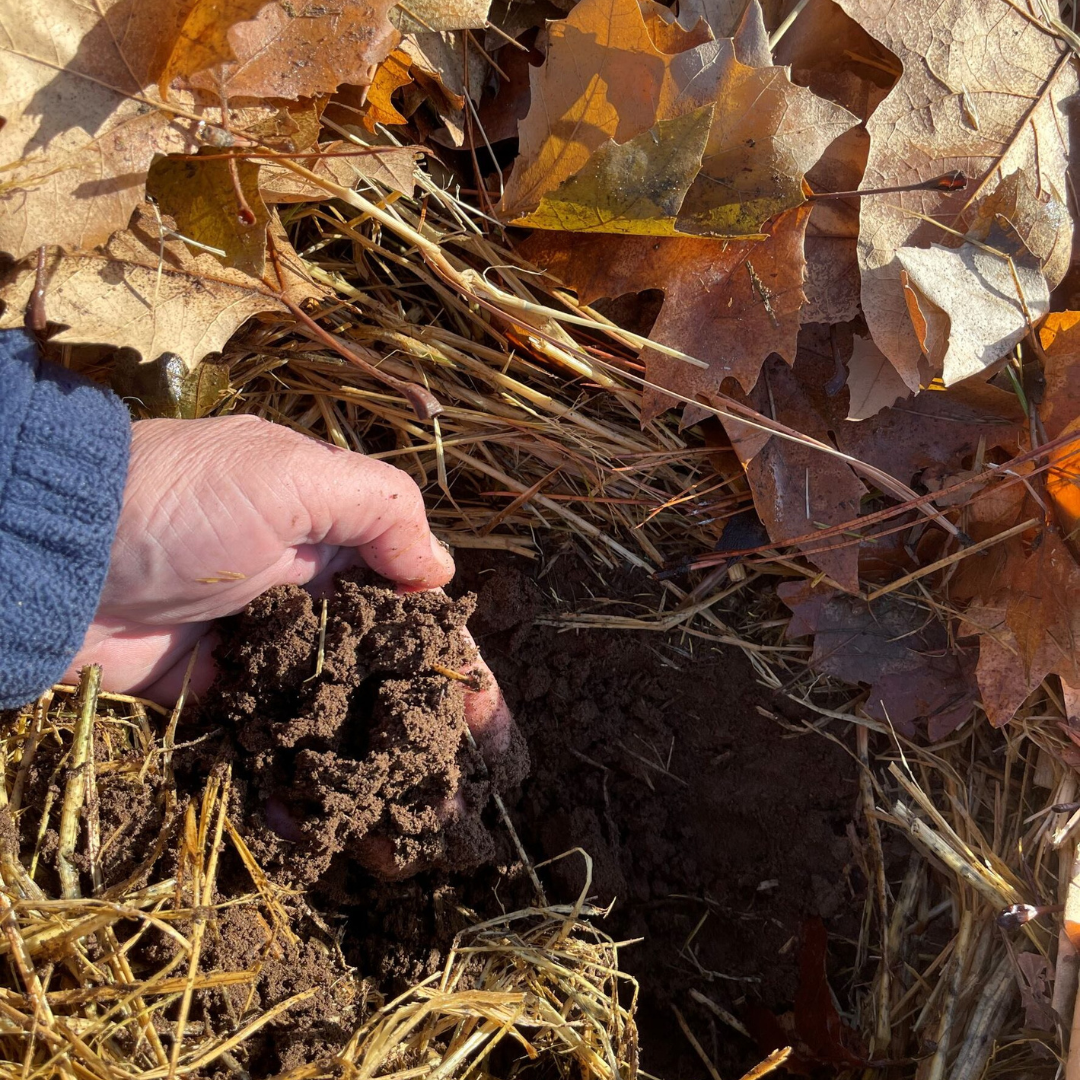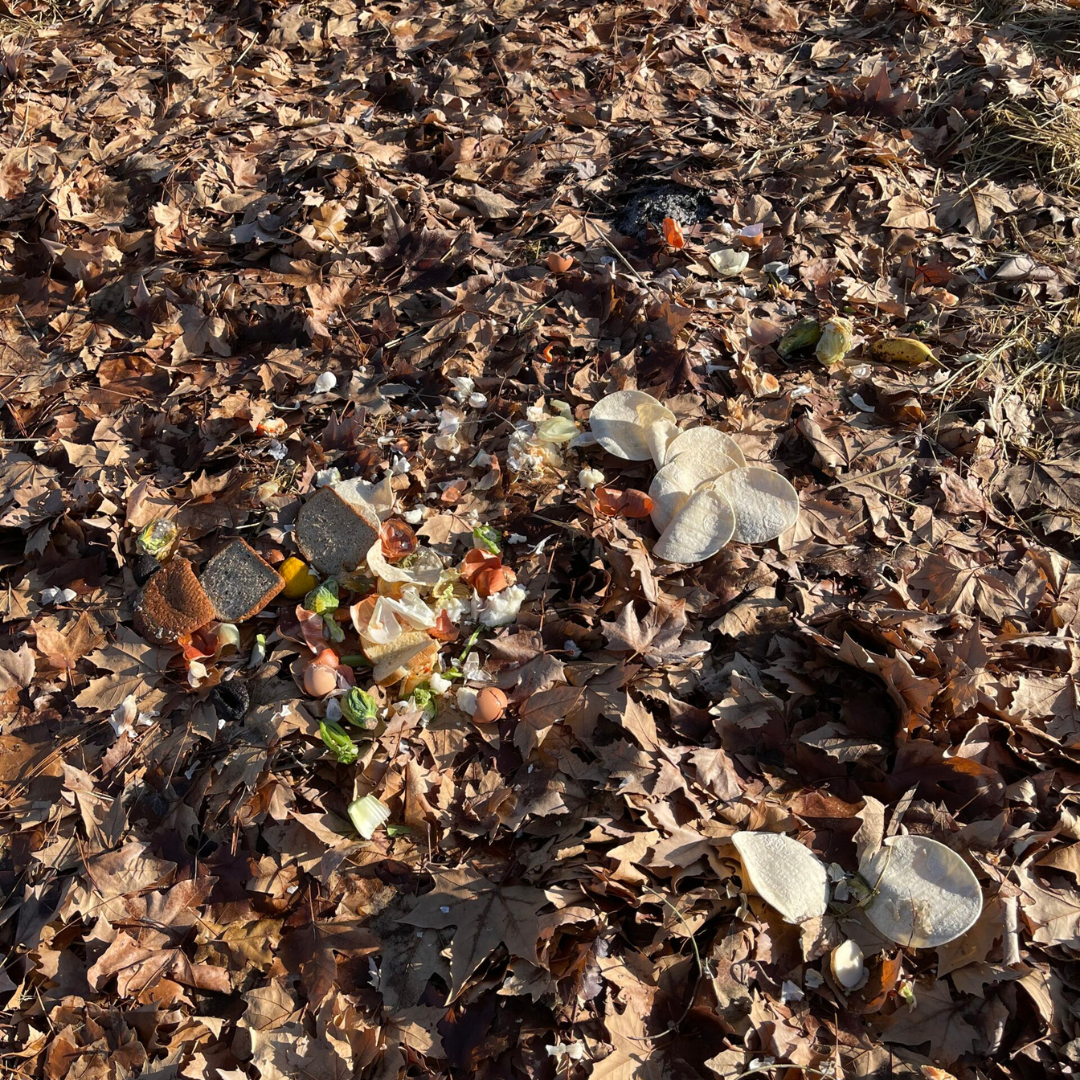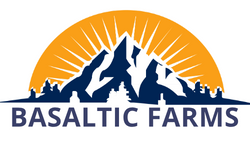Compost: The What, Why, and How
Compost is an integral part of our organic regenerative operation and has numerous forms, uses, and advantages. As a natural way of recycling organic matter, there is no better system to tap into for building soil. Compost can increase plants’ immune systems, improve soil structure, retain moisture, and reduce the need for fertilizer when appropriately utilized.
What Is Compost?
Simply put, compost is a mixture of decayed organic matter used to help build soil and feed or protect plants. Compost can take many forms, and not all are created equal. There is a science behind creating good compost!
Why Is Compost Used?
When mixed right, compost can contain more biological life force than any other amendment! Compost biology includes beetles, nematodes, worms, mites, and fungal spores. All of this help to produce soil that is diverse with life and able to buffer against diseases and pests.
How Is Compost used?
There are many ways to incorporate some form of composting into your agricultural practices. Compost can be derived from green (nitrogen), and dead (carbon) material and then added to the soil. Compost tea can be made to water or spray onto crops. Techniques for large-scale farming include utilizing no-till or minimum disturbance systems, cover crops, and grazing.
Compost Information and Resource
Building Soils For Better Crops – Another great book by SARE, contains 2 chapters dedicated to compost and many other techniques that build soil. This a must-read for anyone looking to learn about soil, compost, and the science of regenerative organic methods.
Large-Scale Organic Materials Composting – Contains a useful table of high carbon and nitrogen materials with C/N ratios.
Turning Cover Crops Into Green Manure – A brief and interesting article on using cover crops as compost. This idea can be used in raised beds, gardens, lawns, and even 1000 acres plots!



